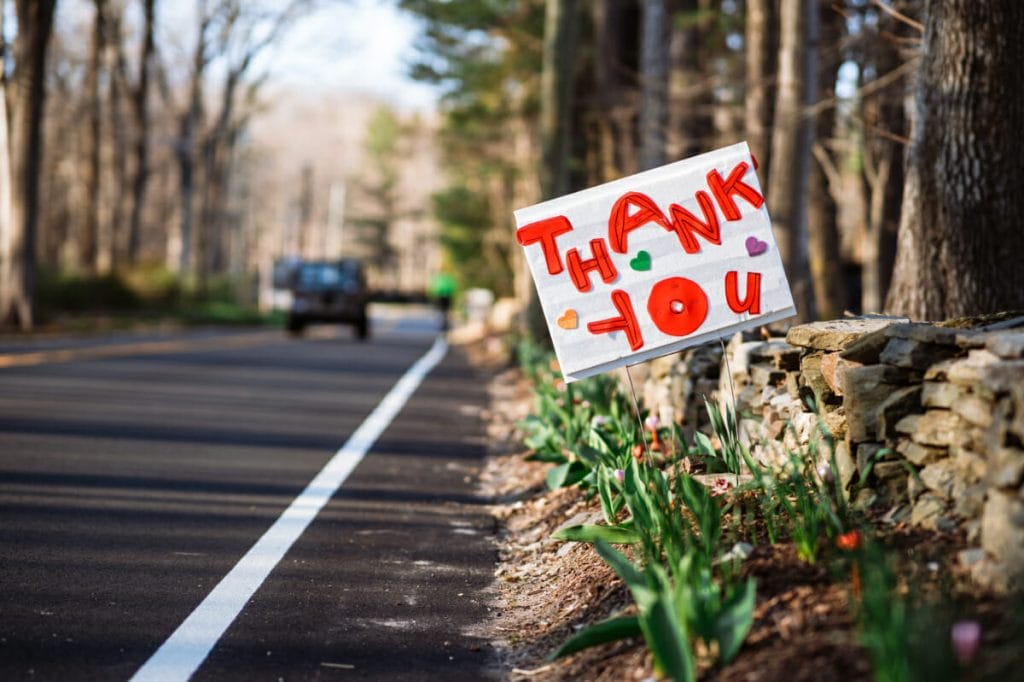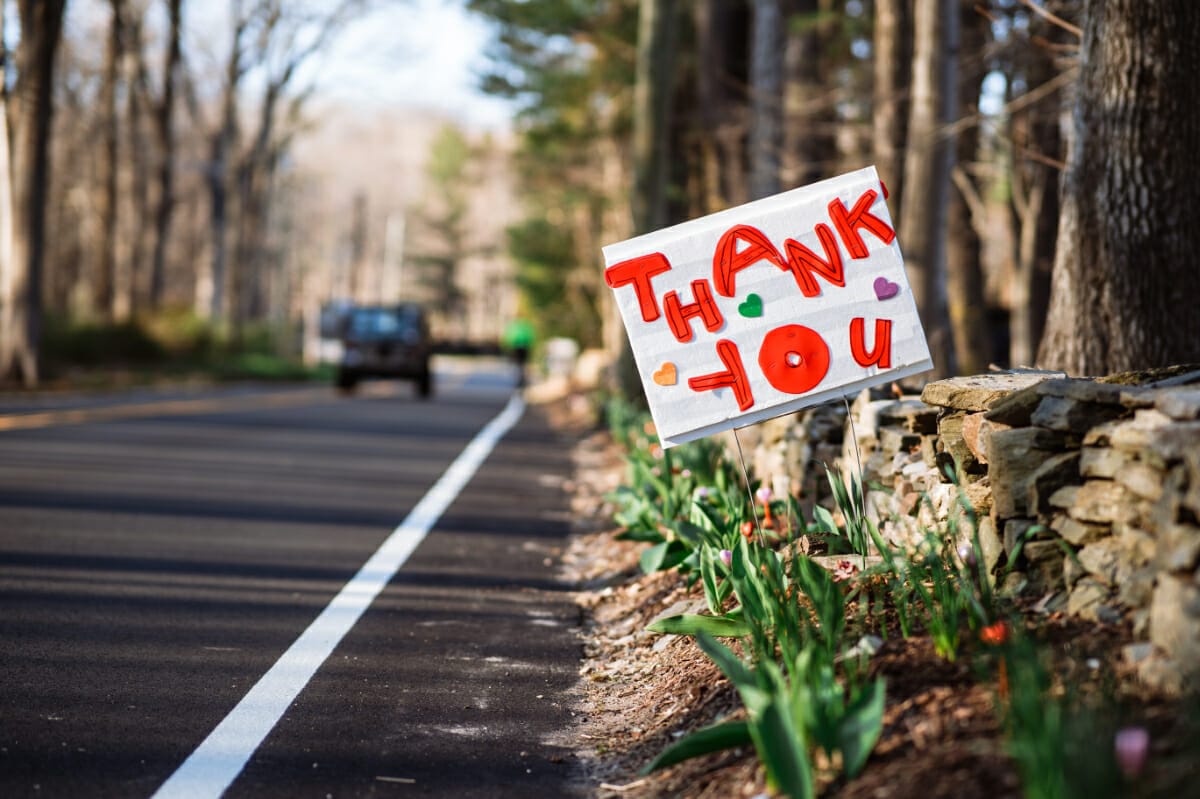Most of us find it easy to say “thank you,” but many of us find it hard to know how to respond to “thank you”!
It seems obvious, and many people have their own phrases they like to use (we’ll go over some below), but it can sometimes be hard to know how much to say, if we should respond at all, or what tone we should strike.
“You’re welcome” is the most popular way to respond to thank you, but it can feel a bit overused or not really expressing what you want to express in your response.
Here are some of the best ways to respond to thank you, including how to respond to thank you informally and how to respond to thank you in a more professional setting.
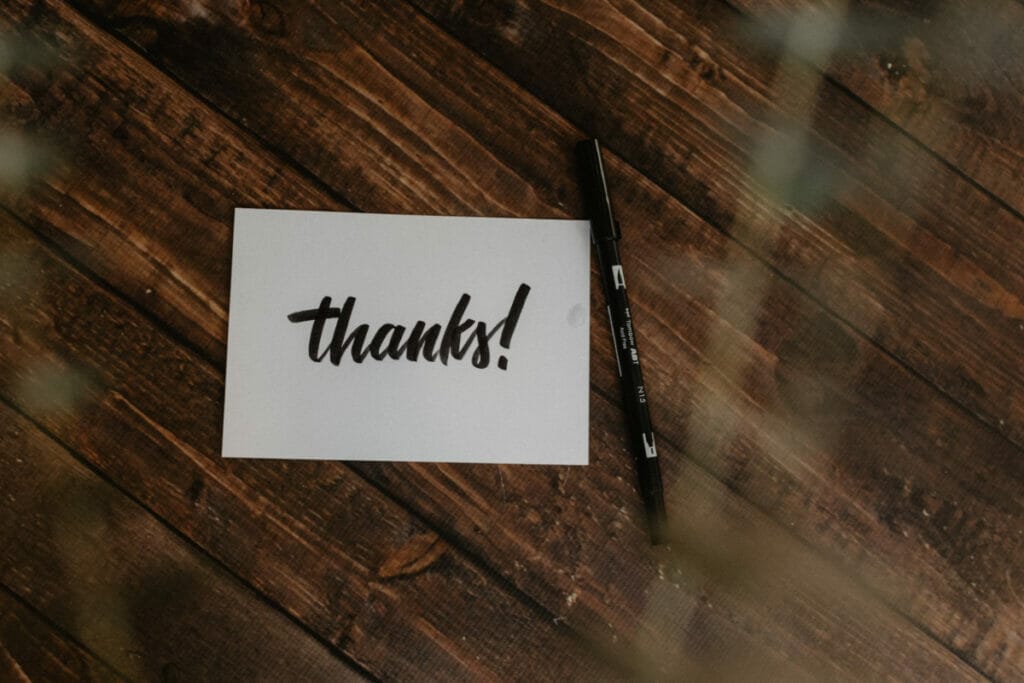
How to Respond to Thank You Informally
Sometimes, you’re looking for a more informal response to “thank you” that can be used in settings with close friends and family, or in situations where someone thanks you for something like opening the door for them or bringing chili to the potluck.
You would sound pretty weird responding with, “it was an hour” or “the pleasure was mine,” but equally want to get across that you were happy to do whatever it was they were thanking you for.
Here are some of the best ways to respond to thank you for informal situations or text messages.
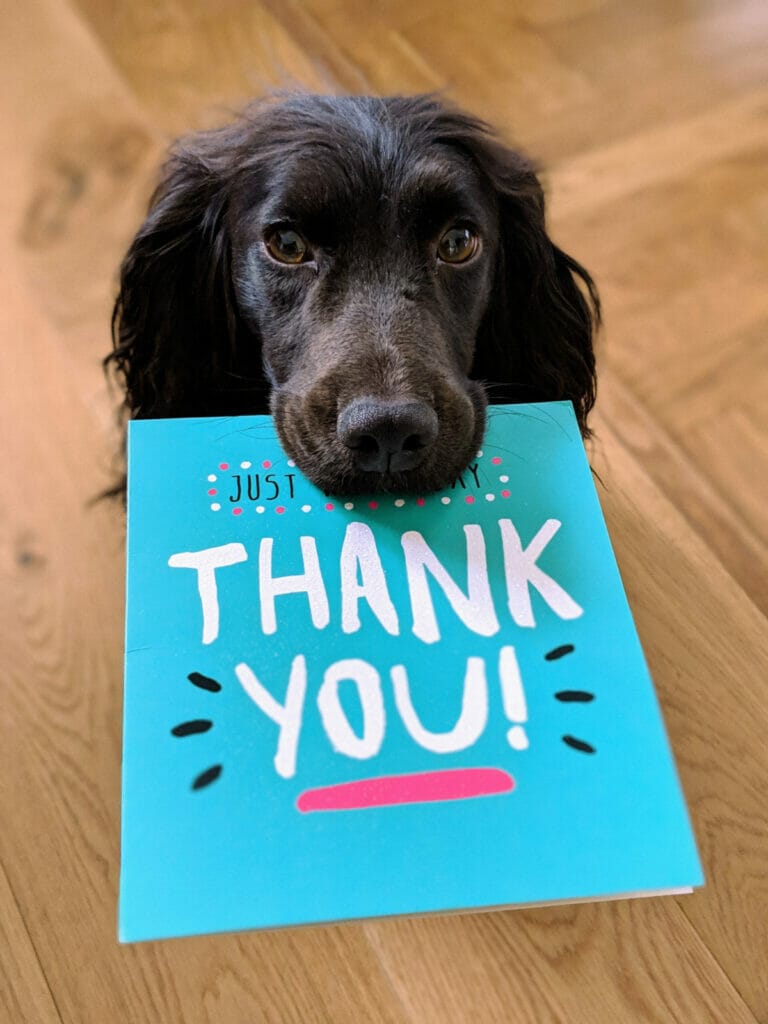
1. Not a problem!
“Not a problem” is a great way to respond to thank you because you’re literally telling them that whatever you did was not any sort of inconvenience.
When we do something for someone, it can also help them feel better and less guilty for receiving help when we make sure they know that we don’t feel our lives were inconvenienced or we had too much of a hassle to do it.
You can also just say “no problem”, or if you want to really shorten it via text, “no prob”.
However, be aware of your tone because “no prob” sounds actually less enthusiastic than “not a problem!”
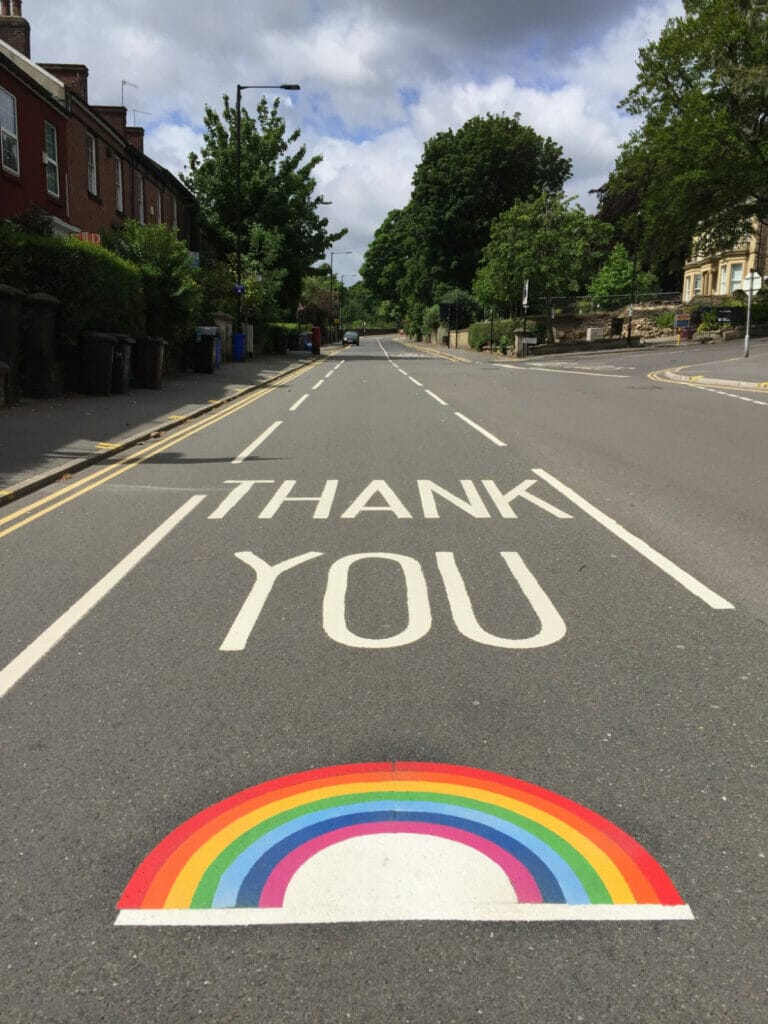
2. Anytime!
By telling someone that you’re happy to help anytime, you’re responding to “thank you” in a way that is both saying “you’re welcome” but also letting them know that you are available in the future to help.
Again, it also has a tone of “this was not inconvenient to me, I’d do it anytime” which helps the other person feel good and happy as well.
It’s also short, to the point, and positive.
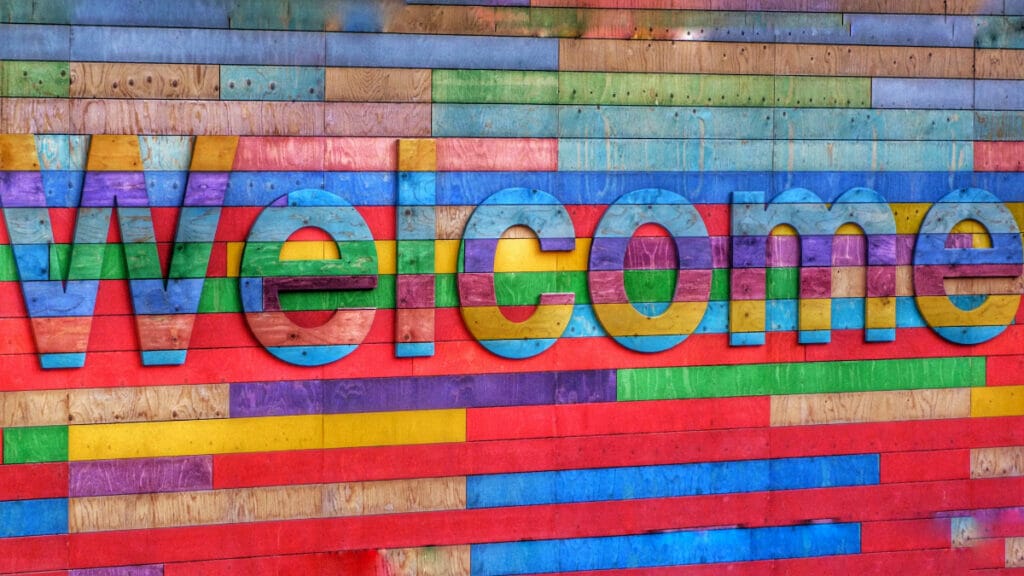
3. Don’t mention it!
This can be a unique way to respond to “thank you” that you don’t hear as much anymore, but basically it means that you were so happy to do whatever you did for them that they don’t even need to bring it up or say thank you (of course, they just did, because you’re responding).
You would want to make sure that the person receiving this response to thank you was a native English speaker, as this can be a bit of an idiom that doesn’t translate that well (people could take it to mean that you are actually telling them to not bring it up).
4. Of course!
This is another short, affirmative option to informally respond to thank you that essentially means, “Of course I was happy to do that thing for you”, but is shortened to just, “of course.”
It gets across the message that you helping them was a given, “of course” you were going to do that for them, and it’s another nice snappy one.
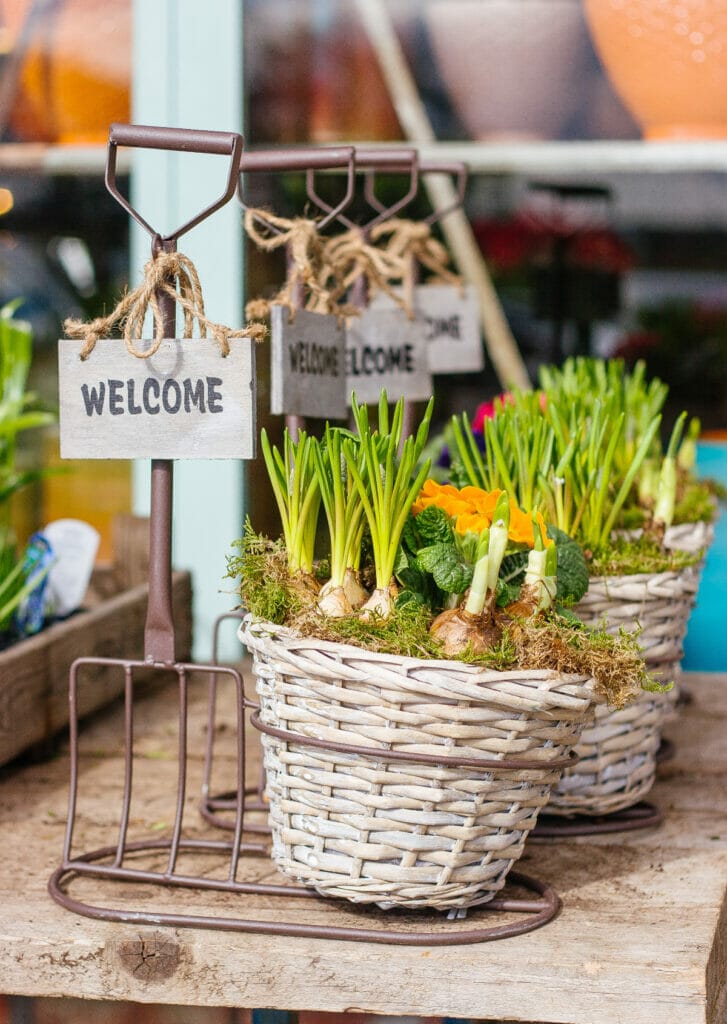
5. Always happy to help!
You can either use “always happy to help” or just “happy to help” as a great way to respond to a lot of different kinds of thanks you, whether someone is thanking you for helping them set up for the event or you were happy to babysit your neighbor’s kids while they had to rush to a family emergency or you brought ketchup to the barbecue.
Putting “always” in front of it can show them that you will and want to be available to help in the future, whereas “happy to help” is a bit more limited in meaning that you were happy to help out that particular time.
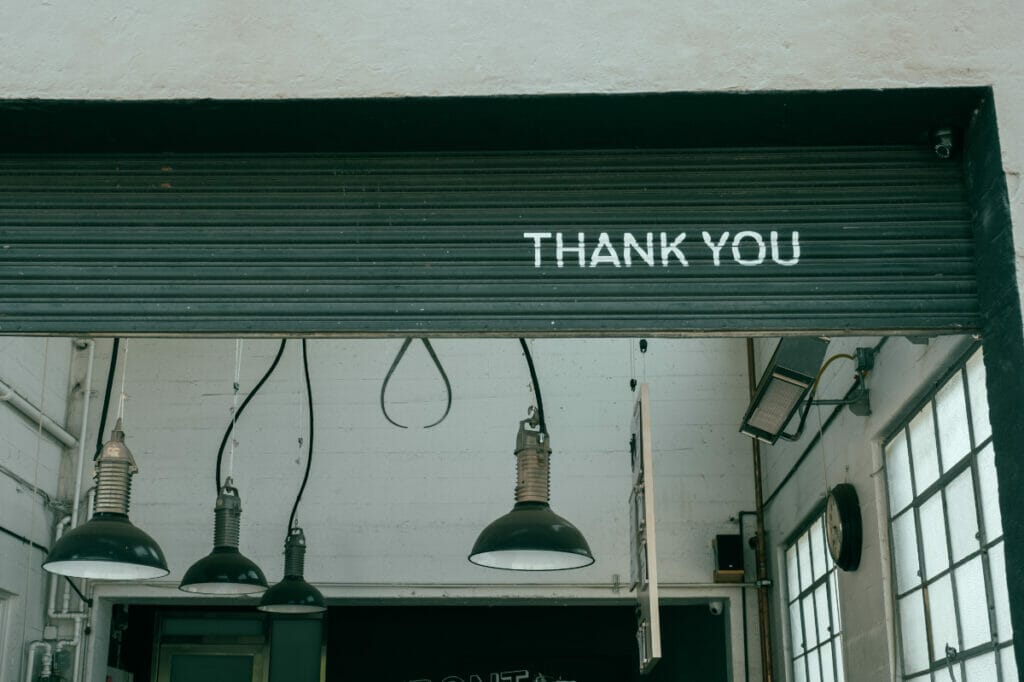
6. Absolutely!
It’s just one word, but “absolutely” is a fun and friendly way to respond to thank you that shows a lot of enthusiasm.
It’s very positive, and a little bit over-the-top in affirmation unlike some of the other options below.
7. Sure!
Less enthusiastic than “absolutely,” “sure” is an easy way to respond to thank you that can be texted or e-mailed quickly and is best used to respond to a “thank you” about a more trivial thing like opening the door to someone or sending them the link they asked for or something small.
You wouldn’t want to use this if someone was thanking you for coming to their wedding, for instance, because it’s not quite enthusiastic enough, but it will do in a lot of situations.
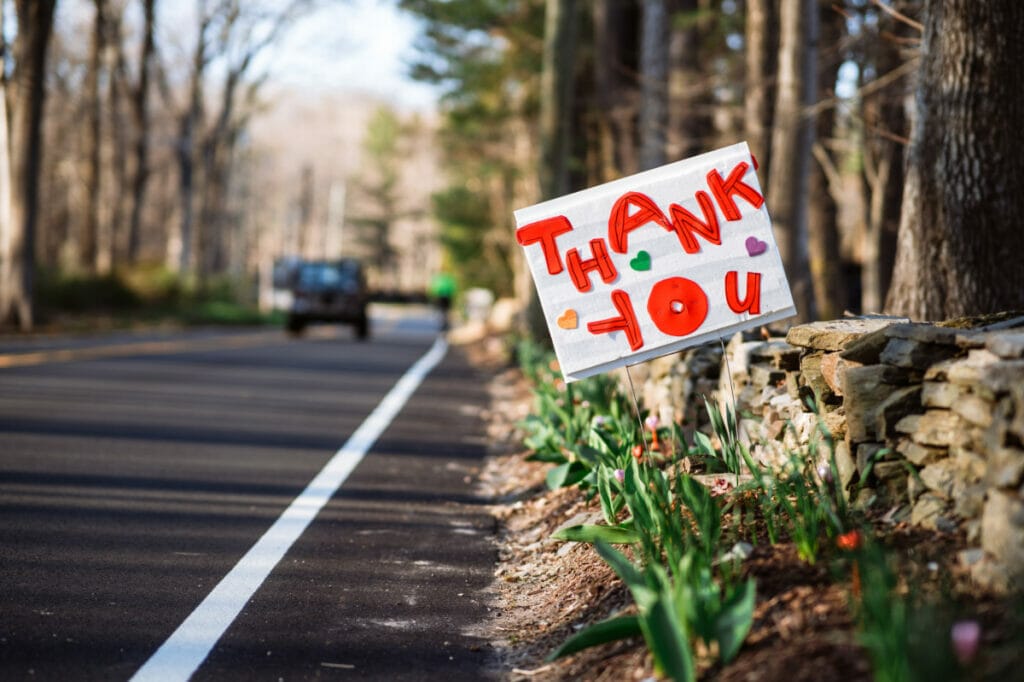
8. Let me know if you need anything else.
Depending on the situation, it can be nice to simply respond to their “thank you” with an acknowledgement that you are open to hearing if they need any more help from you.
Unlike something like “anytime” which insinuates this, but doesn’t flat out say it, asking them to tell you if there is anything else you can do is a great way to affirm that you were happy to help, and continue to be open to helping in this situation with anything they need.
You can combine this with a shorter response like a “no worries” or “no problem,” and then tell them to let you know if they need anything else, or you can leave those out without impacting your meaning too much.
9. No worries
You might hear, “no worries” (or a related one, “no drama”) as a response to thank you, which is similar to the “not a problem” response.
It means that you helping them didn’t create any worries, drama, or situation that you weren’t happy with, and that they don’t have to worry about having inconvenienced you for your help.
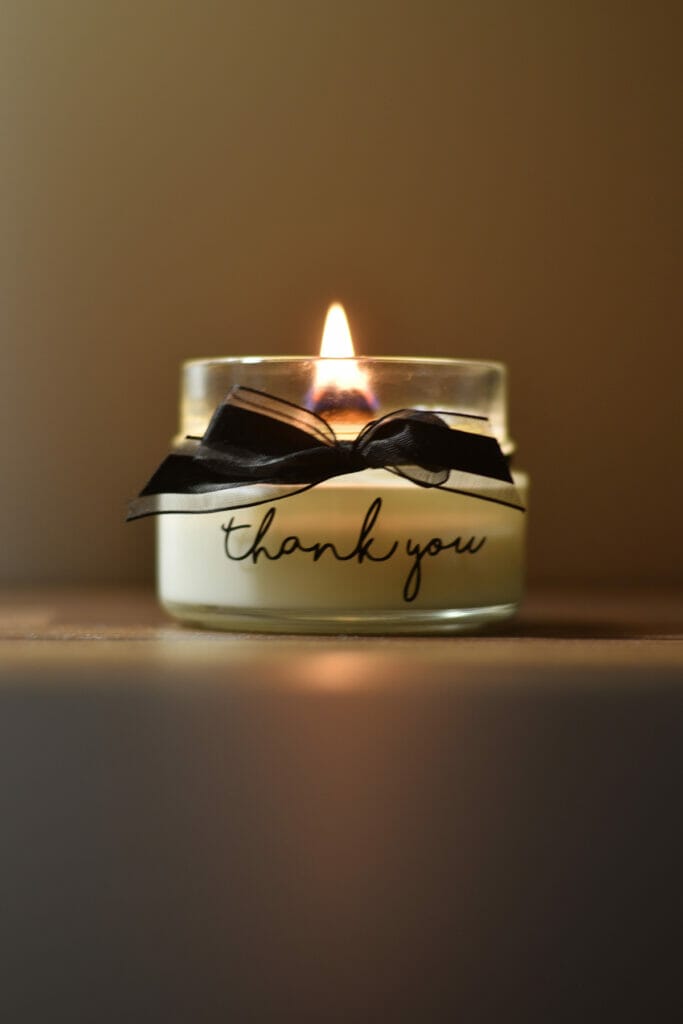
10. Okay!
Sometimes, people will use “okay” as a response to “thank you” in informal settings, particularly in the UK.
To some, this can come off as a poor response and can feel a little rude, while to others, this is just a basic, easy way to respond to “thank you.”
Often, it’s best not to use this in most contexts because there are better options, but now you know if someone says this to you that it is an accepted way of responding to “thank you” in some parts of the world and that it really does just mean that they were happy to help (even if it sounds a little bit stand offish).
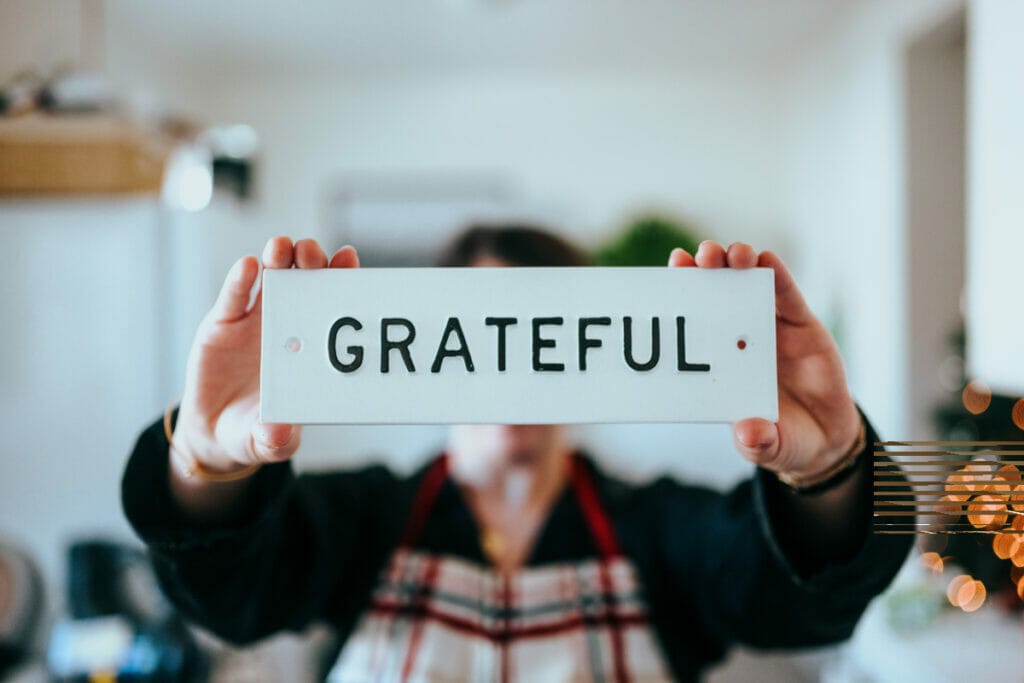
11. That’s alright!
Using this phrase to respond to thank you is essentially telling the person that everything is alright and that everything is okay with you helping. It’s similar to the “not a problem” response.
12. It was nothing!
By responding “it was nothing” to a thank you, you are trying to get across the message that the thing you did was, to you, not a big deal (in the best way).
It minimizes any inconvenience you may have felt and tries to put the other person at ease knowing that you don’t feel like you went too much out of your way to help.

How to Respond to Thank You Professionally
There are certain times when you want to respond to “thank you” in a more professional, or in a more subdued or serious context.
“No probs” doesn’t sound right when responding to your boss thanking you for doing something, nor does “it was nothing!” sound right when responding to someone thanking you for bringing flowers to a funeral.
Here are some more professional and serious ways to respond to “thank you.”
13. Thank you (for something else)
If someone thanks you for your time in a job or internship, as an example, it can be polite to respond back with your own “thank you for giving me the opportunity” both as a response to their thank you and as your own “thank you.”
In this instance, any other response would sound strange, ie, if they said “thank you for your time and effort in this internship” and you replied with, “it was nothing!” – don’t do that.
Just thank them right back.
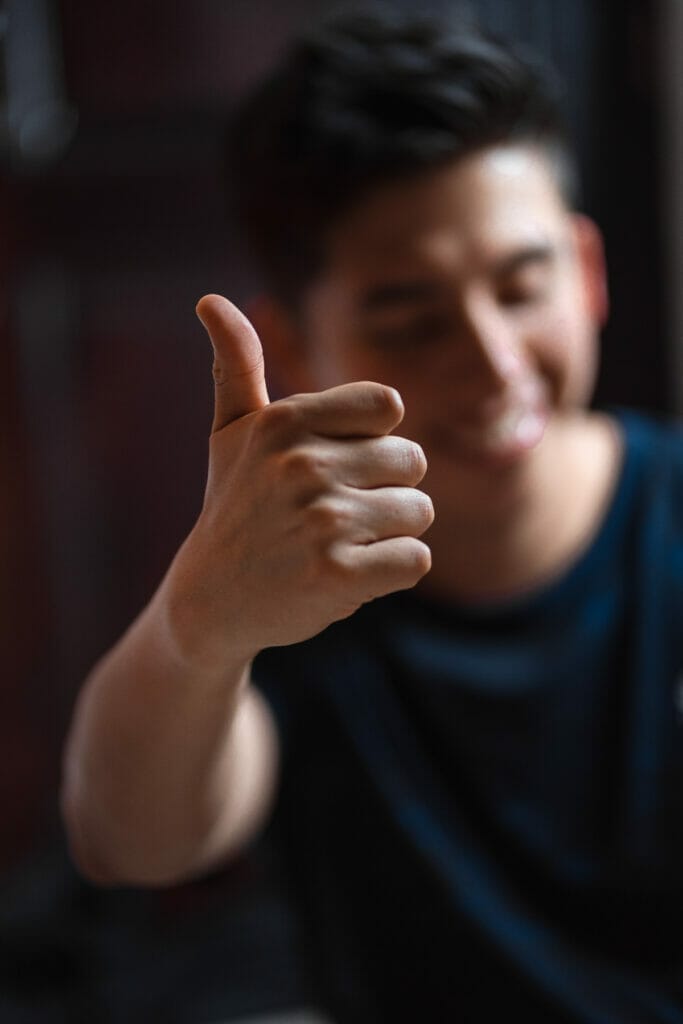
14. Pleased I could help.
Using the word “pleased” rather than “happy to” is a nice, more formal way to respond to someone’s “thank you” and sounds much more professional in a work context.
It is pretty straightforward, too, telling someone that you’re pleased you could help them.
15. My pleasure.
Another more formal response to “thank you” is “my pleasure,” which means that the entire interaction and you helping that person out was a pleasure for you and that you were brought joy by helping them.
Again, the language is a lot more formal than what you would say to someone who thanks you for bringing buns to the barbecue, but works well in a work context.
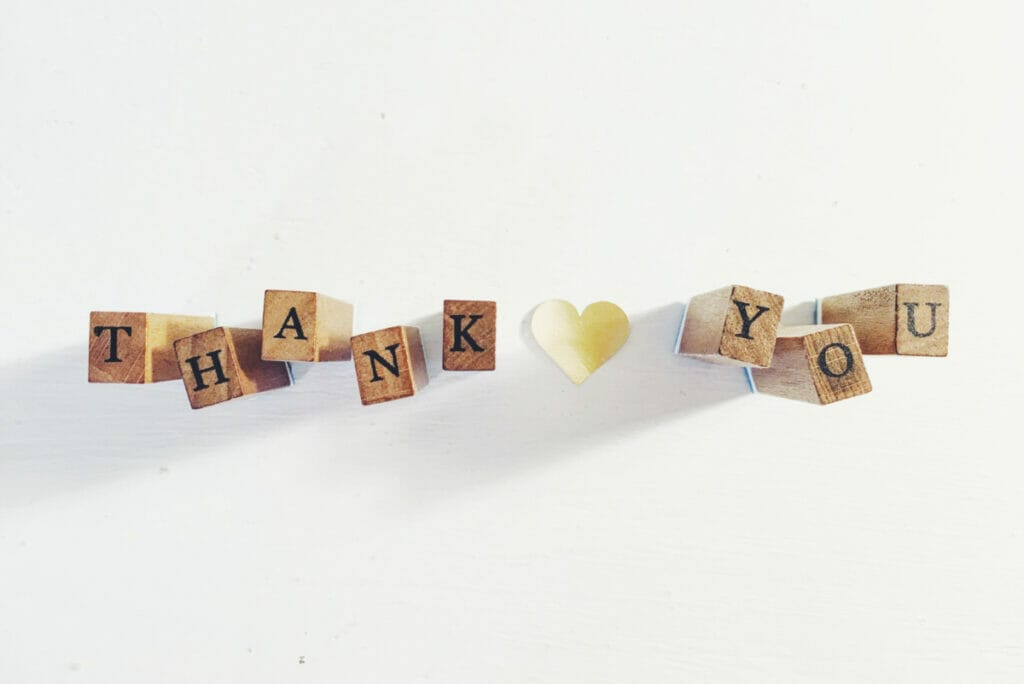
16. It was an honor.
Try using “it was an honor” to respond to certain situations, like someone thanking you for being apart of a wedding or a funeral reading, or thanking you for participating in another event that truly was an honor for you to get to be asked.
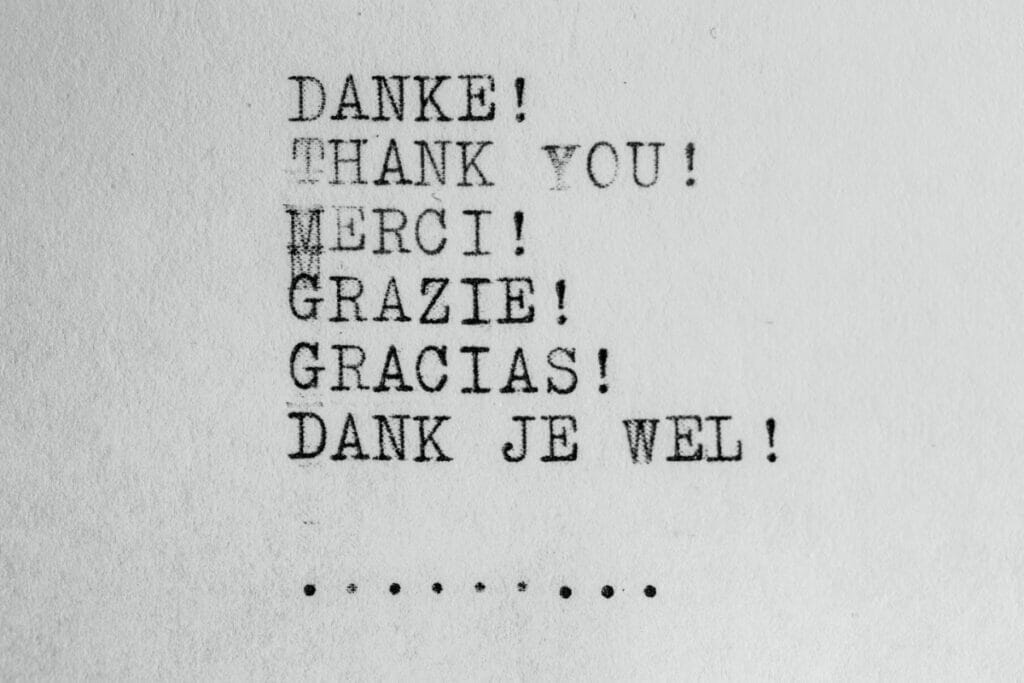
17. It was the least I could do.
By saying “it was the least I could do,” you’re acknowledging that you feel that there is much more you could do, or that the situation is so intense or tragic that you know that your tiny contribution or help couldn’t take away the pain or the overall problem.
It acknowledges the gravity of the other person’s situation while minimizing the importance of what you did to help compared to what they’re going through, which is a perfectly polite and nice response in many situations.

